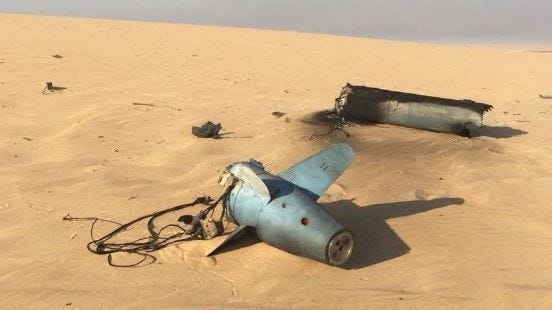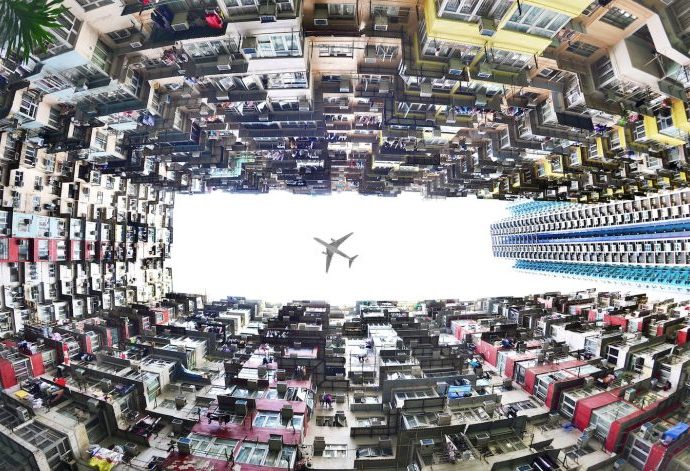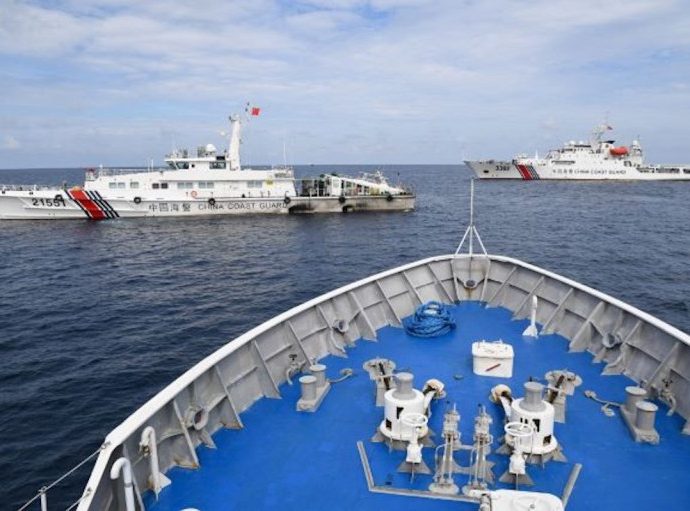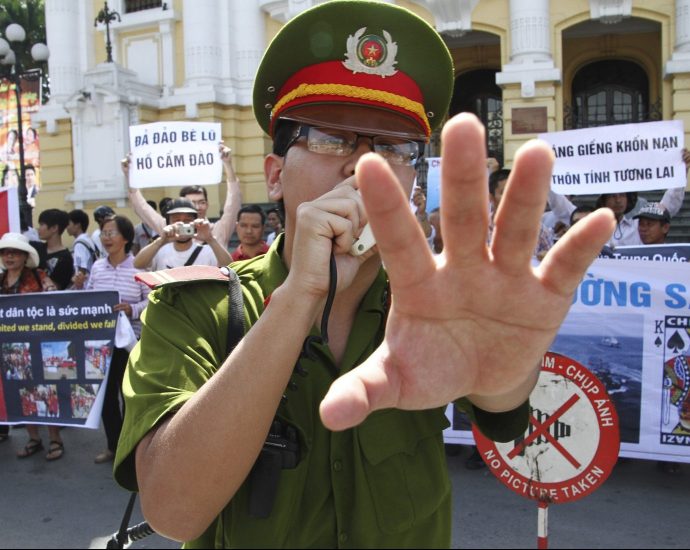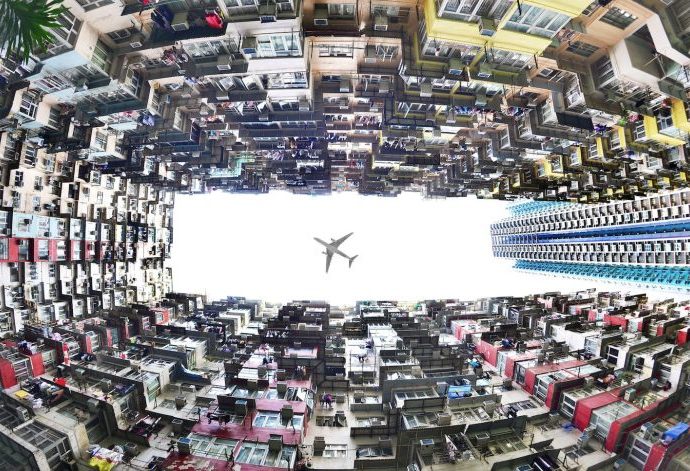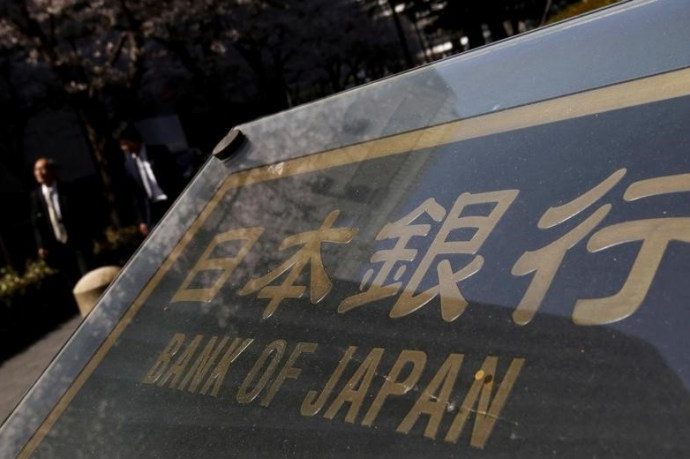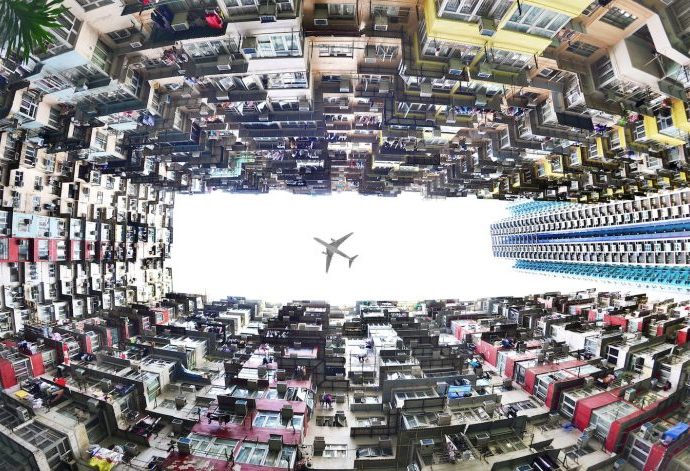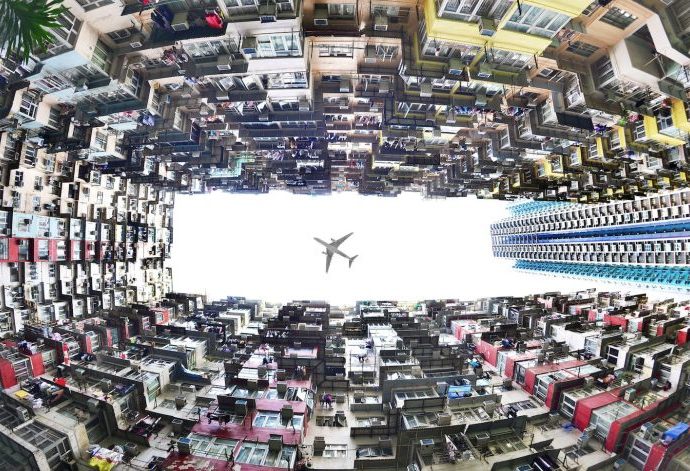Yemen’s Houthis attack Israel with missile, drones
The Israeli Arrow air defense system intercepted a heavy Houthi missile aimed at Israel’s Red Sea port city of Eilat. An Israeli expert has confirmed it was shot down by Arrow 2, not the exoatmospheric Arrow 3.
The Arrow intercept marks the first time that Israel has been attacked by Houthi forces in Yemen. The Houthis are Iranian proxies and have used missiles and drones against Saudi Arabia. the UAE and Egypt.

Today Yemen also claimed it sent drones to attack Israel. These were intercepted well outside of Israel’s territory by Israeli Air Force fighter jets and destroyed. Cruise missiles may also have been used in the Houthi operation.
While the Houthis have not said anything about the ballistic missile launch, they have acknowledged the drone attacks. “These drones belong to the state of Yemen,” Houthi leader Abdelaziz bin Habtour told the AFP news agency.
Israel has acknowledged that it “coordinated with foreign armies” in defeating the Houthi attack. These “foreign armies” most likely were either Saudi Arabian or Egyptian.
Earlier this week (October 29th) two Houthi missiles landed in the Egyptian Red Sea resort town of Nuweiba. Late last week, on October 27, the Houthis attacked the Egyptian Sinai town of Taba near the northern tip of the Gulf of Aqaba, a short distance from Eilat.
All Houthi weapons come from Iran, and Iran provides both operational support and tactical direction.

The Houthi intermediate range ballistic missile (IRBM) is the Burkan-2H (Volcano). It is an Iranian version of the Russian Scud C or Scud D known in Iran as the Qiam 1 and/or Shahab 2. It is believed the missiles are shipped to Yemen in parts and the segments are then field-welded together. Its firing range is 1,200 km (746 miles). The missile features a 500 kg (1,102 lb.) warhead.
A newer version of the Houthi IRBM can hit most targets in Saudi Arabia and an even further improved model, called the Burkan-3 (aka Ghader-H; see featured image at the top of the page) can go even farther, with a range of 2,000 km (1,243 miles).
The Arrow 2 apparently shot down the longest-range version of the Houthi-Iranian missiles.
The lineage of the missile traces back to the Soviet Union, but the modern versions probably originated in North Korea (Hwasong-5 and Hwasong-9) and were shared with Iran.
The types of drones sent toward Israel by Yemen have not yet been specified. However it is likely that the type sent to attack Egypt and Israel was the Samad-3. It has a range of around 1,500 km (932 miles). Experts believe the drones are supplied by Iran, although the Houthis claim they are home-built.
If a cruise missile was used, the Houthi type involved could have been the Quds-Z. This missile is identical to the cruise missiles Iran launched against Saudi oil installations at Abqaiq and Khurais in 2019.
US policy toward Yemen and the Houthis is an ongoing problem.
The Biden administration lifted the terrorist designation of the Houthis put there by President Trump. The administration also pressured the Saudis and UAE to enter into negotiations with the Houthis and stop attacking them.
This has led to a build-up of Houthi offensive capabilities, which threaten Saudi Arabia, the UAE, Egypt and Israel.
The attacks on Egypt and Israel were totally unprovoked and aggressive and were done in furtherance of Iranian policy.
Stephen Bryen, who served as staff director of the Near East Subcommittee of the
US Senate Foreign Relations Committee and as a deputy undersecretary of defense
for policy, currently is a senior fellow at the Center for Security Policy and the Yorktown Institute.
This article was originally published on his Substack, Weapons and Strategy. Asia Times is republishing it with permission.

